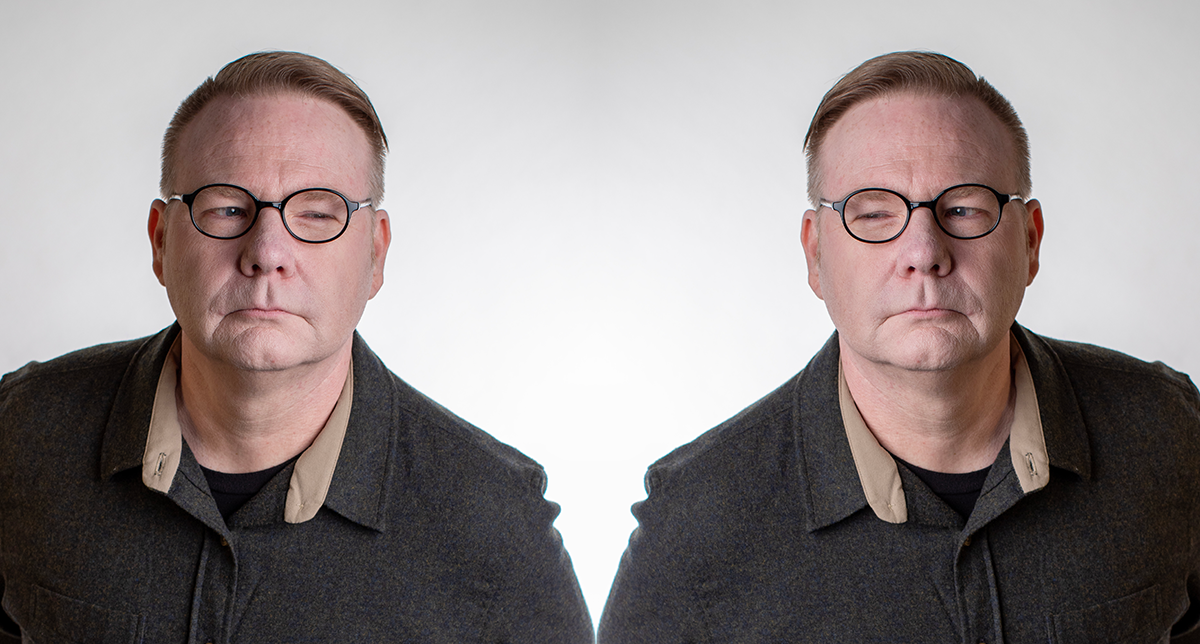One is the Loneliest Number…Especially at the Top
Me, wondering if I question my own decisions as much as I should…
Harry Nilsson’s lyric “One is the loneliest number” was never meant as a job description, but every CEO I know could put it on their LinkedIn headline and nobody would argue.
Because in almost every company—large or small—you can find twos and threes of almost everything:
Two VPs.
Two lead engineers.
Two operations staff members.
Sometimes even two founders or a crowded boardroom of owners.
But there’s still only one CEO.
One chair where the buck stops.
One voice that carries the vision.
One person who answers for the call nobody else wanted to make.
The Weight You Can’t Share
The job looks enviable from the outside—corner office, title, influence. But the inside view? It can be a grind that’s as isolating as it is rewarding.
Not because you’re unloved. Not because you lack talent around you.
It’s because nobody else in your organization lives in that seat.
The CEO’s decisions ripple through payroll, partnerships, product launches, layoffs, and mergers. Some days you’re the visionary; some days you’re the goalie, blocking shots nobody else even saw coming. And unlike most roles, there’s no “peer down the hall” doing exactly what you do.
So you do what leaders have always done—you keep showing up, even when you’re getting punched in the face by the market, the bank, or a headline. You shoulder it because that’s the job.
The Myth of the Unshakable Leader
There’s a dangerous myth about CEOs—that the best ones are bulletproof, that they can figure it out alone if they’re “real leaders.” That myth isolates you further.
What I’ve seen, and what I’ve lived, is that even the best CEOs make the hard calls with incomplete information, juggle crises they didn’t cause, and sometimes carry more than they should to shield their teams. And when you do hit a wall, the crowd is split—some cheer for your comeback, others whisper “told you so.”
It’s not weakness to admit this work can be lonely. It’s just honesty.
The much happier me that I discovered through CEO peer advisory.
Why the Strongest Leaders Seek Stronger Circles
This is why I believe in surrounding yourself with a trusted circle of peers who also know the weight of the CEO chair—not advisers who just tell you what you want to hear, not competitors trying to poach your secrets, but real peers who’ve been there.
In a Vistage group, that’s what you get:
A private arena for hard truths. You can bring the decisions you can’t take to your exec team or your spouse and get unfiltered insight from people who understand the stakes.
Collective problem-solving. Twelve other CEOs dissecting your challenge will see angles you can’t.
Accountability without agenda. These aren’t your investors or employees—they want you to win because it’s in their DNA to see leaders rise.
A place to be human. Wins are celebrated. Losses are met with “what’s next?” instead of “how could you?”
It’s the one role in the company that doesn’t have an internal peer… but it doesn’t have to be a role without peers at all.
You Don’t Have to Climb Alone
In mountaineering, there’s a moment halfway up when you realize how easily you could fall. That’s the CEO’s mid-climb reality check. You still have to summit, but it’s smarter, and safer, when you’ve got others roped in who know the terrain.
If you’re a CEO reading this, feeling the “lonely one” weight right now, remember:
You don’t need two CEOs in your company.
But you do need peers in your life who speak CEO fluently.
Because at the top, “one” only has to be the loneliest number if you choose to stand there alone.
If you’re curious about joining a high-caliber CEO peer advisory group in Spokane, start with a guest seat at our next meeting. Apply here to begin the mutual selection process. Have questions? Connect with me on LinkedIn or email me at richard@superpowerworkshop.com.


